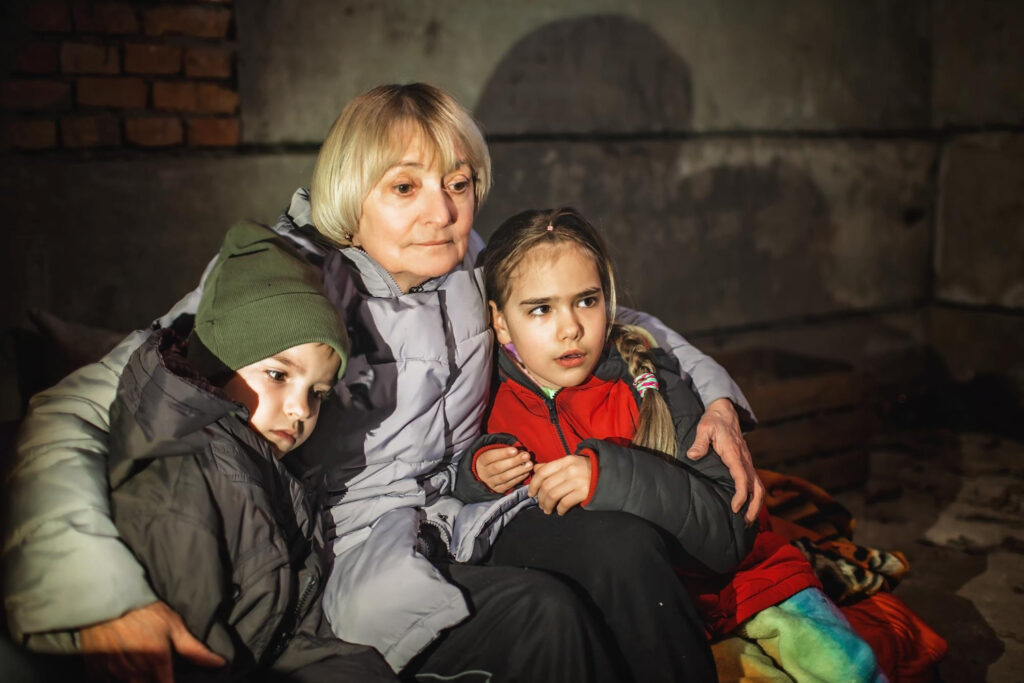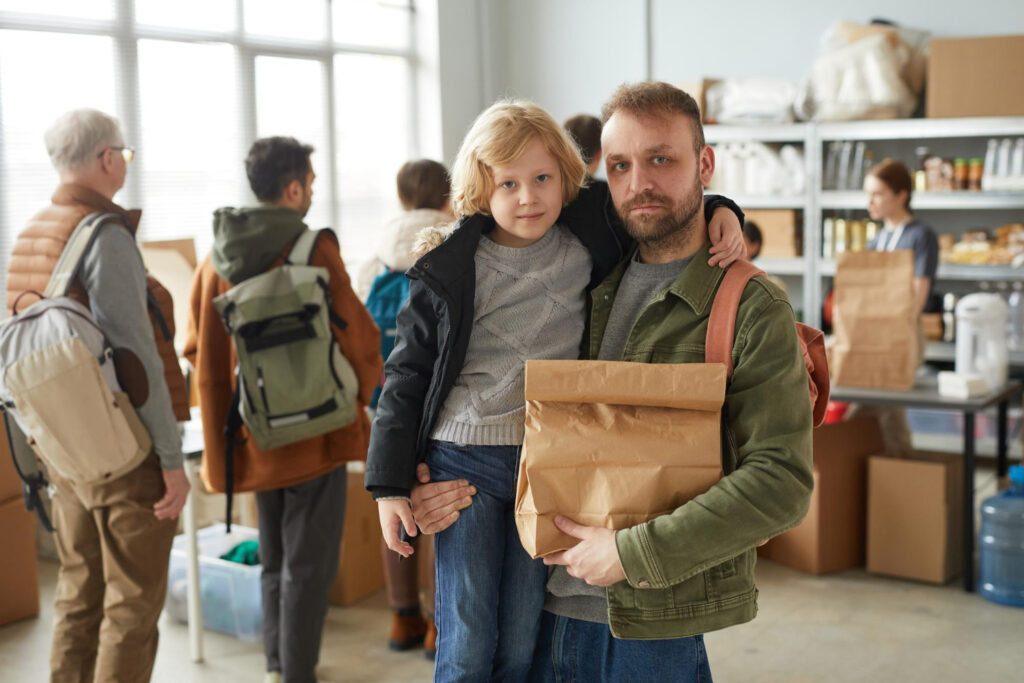
In times of economic instability, high inflation and social uncertainty, an increasing number of families in the United Kingdom are struggling to afford basic expenses such as food, heating and rent. For thousands of households, donations from charities, individual donors and businesses represent a lifeline—often the difference between survival and severe hardship. In recent years, including throughout 2024, the role of charitable giving has grown in importance, especially amid deepening poverty affecting working families and households with children.
Donations for families in need are not merely acts of kindness—they are tools for social justice and solidarity. They address the needs of people who are often overlooked by formal systems of support: single parents, migrants, families with ill children or people with disabilities. In this context, the charitable sector acts as a bridge between systemic assistance and human empathy, filling the gaps left by institutional safety nets. In the article below, we examine recent data on giving and poverty from 2024, the government’s planned actions for 2025, and the role of initiatives like Help One, which place families at the heart of their mission.
The State of Giving in 2024
According to the Charities Aid Foundation (CAF) 2025 report, the percentage of people who donate to charity in the UK dropped to 50%—the lowest level since records began in 2016. This represents a significant decline compared to previous years and underlines the need for renewed efforts to promote philanthropy, particularly among younger generations. Notably, the number of donors aged 16 to 24 has declined by a third since 2017 (CAF Online).
Despite this overall drop, some areas of giving remain public priorities. Health charities continue to receive the greatest share of donations, followed by charities supporting children and young people, environmental protection, and emergency relief. This demonstrates that even under economic pressure, people maintain a strong sense of compassion and willingness to support the most vulnerable.
Poverty Statistics for 2024
The report UK Poverty 2025 by the Joseph Rowntree Foundation, published in January 2025, presents a stark picture of continued hardship across the country. While full data for 2024 is still being finalised, early indicators suggest that millions of families continue to live below the poverty line. Households with children, single parents, and people with disabilities are among the most affected.
The report also notes that 1 in 5 children in the UK lives in material deprivation—lacking essentials such as warm clothing, nutritious food, books, or internet access. This severely impacts education, health, and future prospects, reinforcing cycles of disadvantage across generations (JRF).
Government Measures Planned for 2025
Faced with growing need, the UK government plans to implement a range of initiatives in 2025 aimed at alleviating poverty and boosting charitable giving:
- Tax reforms to encourage philanthropy – Culture Secretary Lucy Frazer is in discussions with the Treasury to explore the possibility of adopting US-style incentives to stimulate major donations. Proposals include simplifying the Gift Aid scheme and automating tax reliefs, which could increase donations by 18%, generating an additional £520 million annually (Financial Times).
- “Family Hubs and Start for Life” programme – This initiative, set to continue into 2025–2026, focuses on supporting families with young children by funding community hubs that offer services such as parenting support, perinatal mental health, and early language development. The programme promotes a preventative approach to family wellbeing (GOV.UK Guide).

Help One Initiatives: Why We Care
Alongside state efforts, civil society organisations like Help One play a vital role in supporting families in need. Help One is committed to addressing urgent needs by providing emergency aid in the form of food, clothing, baby essentials, and heating vouchers. The organisation operates through a network of volunteers and local partners, ensuring accessibility and trust within hard-to-reach communities.
In 2024, Help One delivered over 12,000 individual interventions for families living below the poverty line, many referred by schools, healthcare providers or social services. It also runs national campaigns aimed at raising awareness, encouraging giving, and combating the stigma associated with poverty.
What makes these initiatives so important is their human-centred approach. Help One reminds us that every family deserves dignity and support, regardless of circumstance. The donations they promote do more than meet basic needs—they restore hope and build a sense of connection in fractured communities.
Donations for families in need remain an essential tool in the UK’s fight against poverty. While 2024 saw a worrying decline in overall donation rates, there were also strong examples of community solidarity and institutional innovation. Government measures for 2025, including reforms to the Gift Aid system and continued investment in family support hubs, show promise.
But lasting change requires collaboration—between governments, charities, communities, and individuals. Help One demonstrates how a united effort rooted in compassion can rebuild lives and empower the most vulnerable. Because when we support those who need it most, we build a stronger, fairer society for everyone.